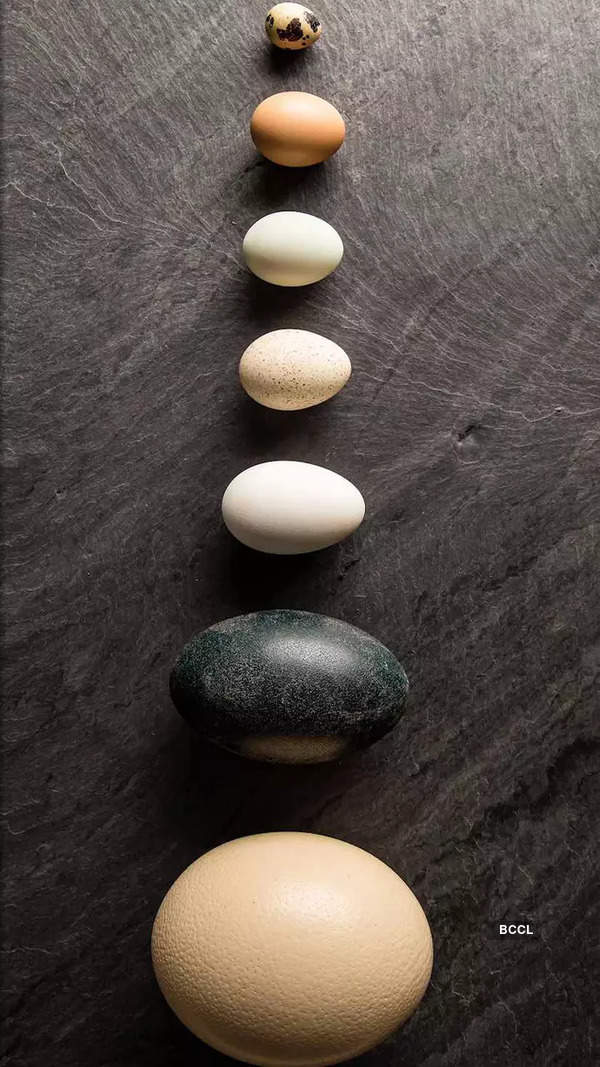- News
- India News
- Times Evoke News
- ‘Writing of India’s natural wonders helps save these’
Trending
This story is from May 27, 2023
‘Writing of India’s natural wonders helps save these’
Writer, artist and naturalist Bulbul Sharma has most recently co-authored ‘Between Heaven and Earth: Writing on the Indian Hills’. Speaking to Times Evoke, she discusses words emerging naturally:
My writing on nature sprang up from my own life. I grew up in Bhilai when it was still a small place. My father was an engineer and we went there when a steel plant was to be built. We lived in a house with a huge compound and a stream running through — there was wilderness all around. One grew up walking unafraid through forests, looking into ponds, planting seeds.
The memories of those days stayed deep in my mind — when I began painting, I found I wanted to depict those scenes. Later, I wanted my children to enjoy the same kinds of experiences. But, in the late 1970s, there were no books for Indian children which could tell them about our plants, birds and animals.

A HOST OF GOLDEN MANGOES! The luscious fruit symbolises summer and its delicious memories. Photo: iStock
There were beautiful books from abroad but these described English robins and rambles to meadows with ponies and stiles. I wanted to go bird watching with my children but there was no literature they could tap into. There were amazing treatises by Dr Salim Ali, of course, but these were for adults and quite scientific.
So, I wrote and illustrated a book on Indian birds which possibly helped children and adults. My writing expanded, encompassing many features, from mighty hills and deep rivers to the light comedies of a bright butterfly flying flippantly over a very serious person’s head. It’s important to realise all the elements of nature have an amazing power — they combine to soothe us.

SINGING MY STORIES: The Indian sparrow need literary attention like the English robin

SINGING MY STORIES: The Indian sparrow (above) need literary attention like the English robin (B) Photo: iStock
We often miss this, enmeshed in busy schedules between homes, offices, vehicles, crowds and so on. During the pandemic, many people realised afresh that nature was the great healer all around us. But before that, admiring nature was often considered quizzical. I used to write a column and would drop off my articles to the newspaper office concerned. If I told the journalists inside about a magpie sitting by their window, instead of being wonderstruck, they’d find the observation quite odd.
But if you allow nature to become a part of your being, it always stays with you, whether you live in a crowded city or a bustling condominium. Nature is perennially there, extending its hand to you through a leaf or a bird call or a fish you can see darting through a waterbody, if you allow yourself to just stand and stare. We come from nature and it knows how to reach out to us. There is wonderful Indian writing on ecology today but once, there were mainly books by British officials posted in India.
It’s fascinating how many British police officers, often sent to remote places and living lonely lives, would turn to nature and write detailed diaries about Indian birds and trees. We need more writing now on Indian wildflowers and herbal medicinal plants. I am hoping to undertake this because India has a tremendous repository of knowledge about remedial plants — even now, women in villages and some urban communities use medicinal herbs and shrubs expertly.
We know of tulsi and aloe vera but there are in fact thousands of such health-giving species. Foraging for salad is a fashion in places like New York now. But in India, we have foraged for valued plants over centuries. We need to preserve that knowledge. Writing on nature is changing as well. Earlier, this was more joyous and lyrical, focusing on nature’s awe-inspiring beauty. Now, when I read both Indian and international writers, their words convey how threatened the natural world is — there is an urgency about conserving what is left. These books emphasise how we can’t just appreciate nature, we need to actively save it. Part of that effort begins with loving the natural world. And the more such words we write, the better.

Stay updated with the latest India news, weather forecast for major cities like Delhi, Mumbai, Noida, and Bengaluru on Times of India.
End of Article
FOLLOW US ON SOCIAL MEDIA










